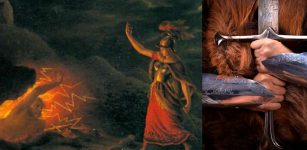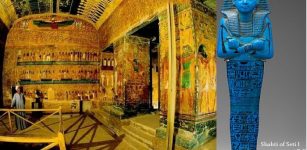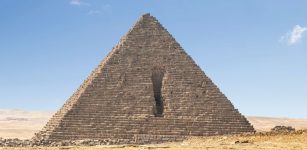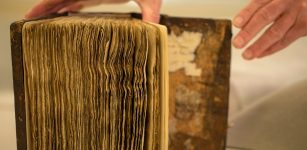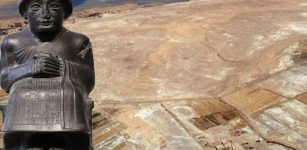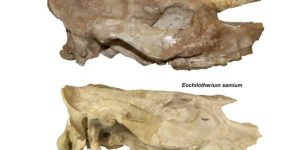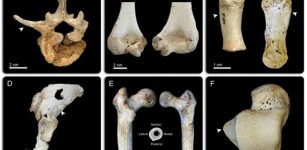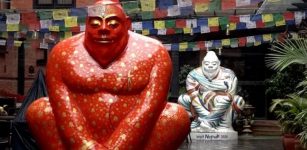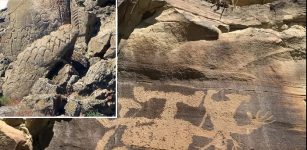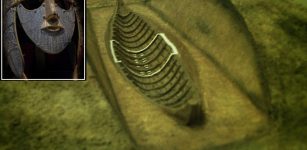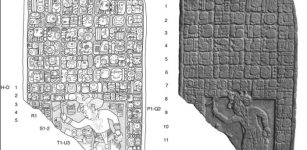Pottery Found On Jiigurru/Lizard Island Rewrites Aboriginal History
Conny Waters - AncientPages.com - Archaeologists excavating on Jiigurru/Lizard Island off the Queensland coast have unearthed the oldest pottery ever found in Australia. The find is highly significant because it challenges the idea that Aboriginal Australian communities were unaware of pottery manufacture before European settlement.
Credit: Adobe Stock - Tomasz Bidermann
The ceramics were unearthed during an archaeological dig on Jiigurru, carried out by CABAH in collaboration with the Dingaal and Ngurrumungu Aboriginal communities. The site of Jiigurru holds substantial cultural significance for these communities.
"Archaeologists excavated a 2.4-meter-deep midden on Jiigurru over a two-year period to discover evidence of occupation, such as the remains of shellfish and fish collected and eaten by people on the island, which are more than 6000 years old.
“Less than a meter below the surface, the team found dozens of pottery shards dating between 2000 and 3000 years old—the oldest pottery ever discovered in Australia," James Cook University’s Distinguished Professor Sean Ulm is Chief Investigator for the Australian Research Council Centre of Excellence for Australian Biodiversity and Heritage (CABAH) said in a press release.
Professor Ulm's discovery presents a compelling argument that challenges the previously held belief that Aboriginal Australian communities were unfamiliar with pottery production before European settlement. His findings suggest an extensive history of far-reaching cultural exchanges and technological advancements within these communities, predating the arrival of the British.
“Geological analysis of the ceramics indicates the pottery was locally produced using clays and tempers sourced from Jiigurru. The age of the pottery overlaps with a period when the Lapita people of southern Papua New Guinea were known to have produced pottery,” said Professor Ulm.
"Working in collaboration with archaeologists and Traditional Owners and working on Country is something that's never been done before for my people, where we work together on Country, sharing each other's story on Country, and not only sharing this story from our people, the Old People, and from the archaeology side, scientifically, which is a good outcome that we can see. We can look after the Country together," Dingaal clan member and Walmbaar Aboriginal Corporation Chairperson Kenneth McLean said.
"Every bit of knowledge we gain helps us tell the story of Country. Research projects like this help us all to understand Country better and help us to understand how to look after Country," Ngurrumungu Elder Brian Cobus said.
Professor Ulm's discovery indicates that Aboriginal communities in North Queensland were linked with the pottery-making communities in New Guinea, shedding light on their historical connections.
"The discovery gives us insights into the sophisticated maritime capabilities of First Nations communities in this region, and these objects are crucial in understanding the cultural exchanges that occurred on Jiigurru thousands of years ago,
“We think that the ancestors of contemporary Traditional Owners were engaged in a very widespread trading system. So, they traded technology, goods and ideas, knew how to make pottery, and made it locally,” Professor Ulm said.
"These findings not only open a new chapter in Australian, Melanesian, and Pacific archaeology but also challenge colonialist stereotypes by highlighting the complexity and innovation of Aboriginal communities.
A terrestrial laser scanner in action on Jiigurru/Lizard Island. Credit: Ian McNiven
The discovery adds a new layer to our understanding of Jiigurru and Indigenous Australians’ role in the broader network of maritime exchange and cultural interaction across the Coral Sea," CABAH Chief Investigator Professor Ian McNiven from Monash University said.
Professor McNiven suggests that Jiigurru signifies the southern limit of historical international maritime networks. These networks connected eastern north Queensland, southern New Guinea, and the Torres Strait, thereby establishing what is known as the Coral Sea Cultural Interaction Sphere.
See also: More Archaeology News
"These networks facilitated the exchange of objects and ideas between Australian and New Guinean coastal communities over the past 3000 years. While some objects, like cone-shell body adornments and bamboo smoking pipes, indicate widespread sharing of culture and ideas, others, such as pottery, also suggest the sharing of technology," Professor McNiven said.
The study was published in the journal Quaternary Science Reviews.
Written by Conny Waters - AncientPages.com Staff Writer




